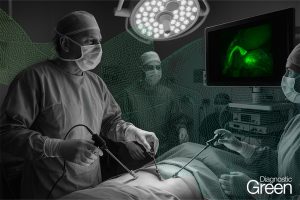Distinguishing between partial-thickness burns and full-thickness burns indicates the critical decision making related to whether a patient can be allowed to heal on their own or if the wound should be surgically excised and replaced with a graft. Therefore, reliable burn prognostication is crucial in planning the safest and most cost-effective treatment for the patient. Over the course of the last several decades, many techniques have been proposed and used to determine burn depth; namely, laser Doppler imaging and thermogenic assessment.
Recently, indocyanine green (ICG), a fluorescent dye which is administered intravenously to measure tissue perfusion in real time, has been the focus of research regarding its efficacy in assessing burns. Studies have been conducted using rat, porcine, and human models. We have assessed and critically reviewed this literature to provide the burn community with a narrative of the promising potential of ICG to diagnose burn depth. ICG can measure perfusion instantaneously and in real time via video capture. This allows for evaluation of ICG uptake, standard state distribution, and clearance of the dye which with further study could increase the precision of the technique.
In conclusion, ICG videoangiography shows a great deal of promise in being a particularly effective way of diagnosing burn depth and warrants further studies to investigate the best way for this technique to be used in a clinical setting.




